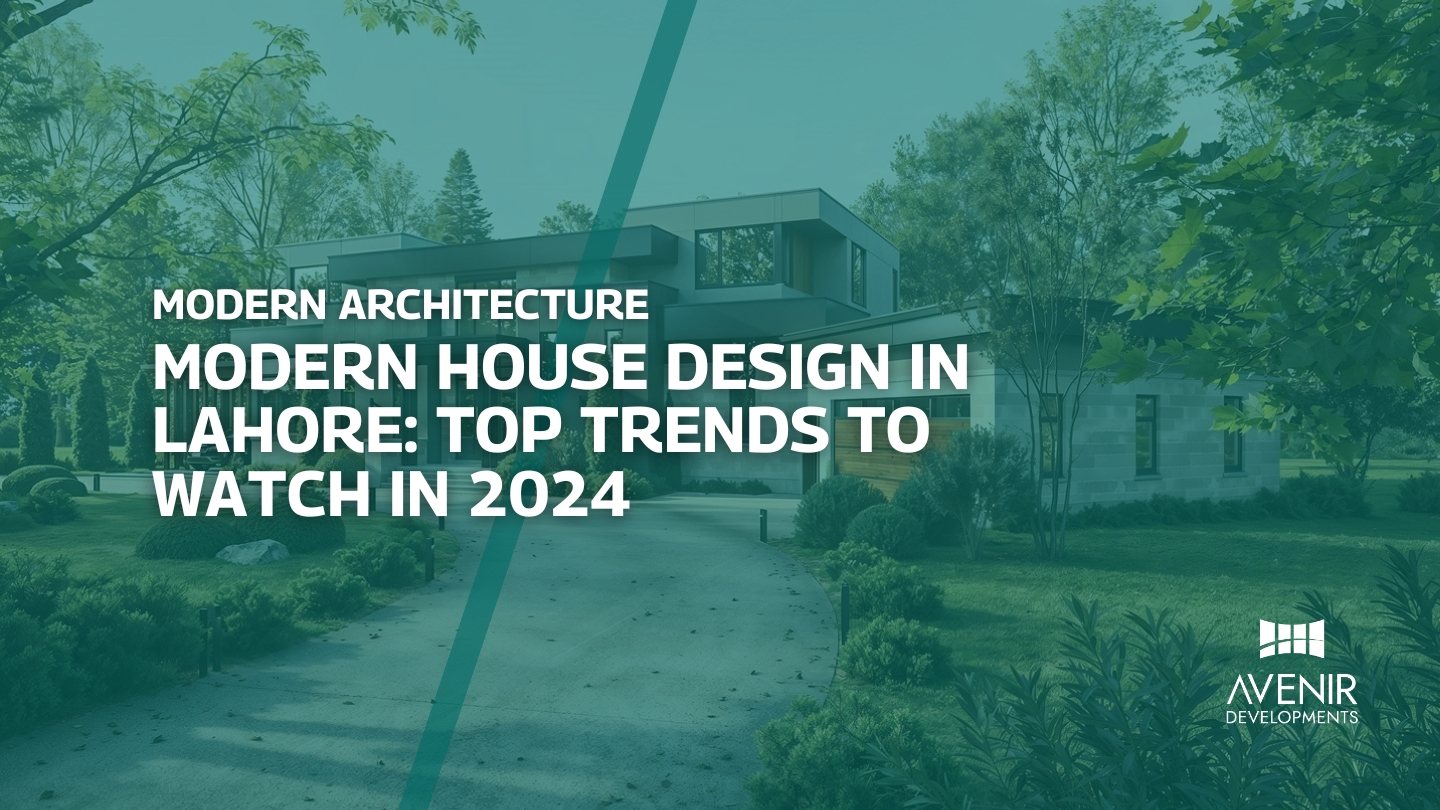Architecture practices have undergone a significant transformation over the years, propelled by various factors and changing societal norms. One of the most notable shifts in recent times has been the transition from open plan offices to remote work setups. This evolution has brought about a paradigm shift in the way architects collaborate, design, and execute projects. In this article, we will explore the journey of architecture practices from traditional open plan offices to the rise of remote work, highlighting its impact on the industry and the benefits it offers in Evolution of Architecture.
The evolution of architecture is a fascinating journey that mirrors the evolution of human society. From the humble beginnings of cave dwellings to the towering skyscrapers of today, buildings have always been more than just structures; they are reflections of our culture, our values, and our aspirations. One of the most significant shifts in recent decades has been the rise of the open-plan office, a design philosophy that sought to foster collaboration and creativity. However, the COVID-19 pandemic has forced us to rethink this approach, as remote work has become the new normal. In this article, we will explore the evolution of architecture, from the open-plan concept to the future of remote work.
Evolution of Architecture: The Rise of Open Plan Offices
Open Plan Offices: An Overview
Open plan offices emerged as a popular concept in the mid-20th century, aiming to foster collaboration, communication, and a sense of shared space among employees. The layout typically involves a large, open workspace where individuals from various departments work together without physical barriers such as cubicles or private offices. The trend gained traction as it was believed to enhance teamwork and productivity.
Pros and Cons of Open Plan Offices
Evolution of Architecture and Open plan offices have their fair share of advantages and disadvantages. Let’s delve into the pros and cons of this architectural practice:
Pros
-
Enhanced Collaboration: Open plan offices encourage spontaneous interaction, fostering collaboration among team members and facilitating the exchange of ideas.
-
Cost-Effective: By eliminating the need for individual cubicles or private offices, open plan offices make efficient use of space and can be more cost-effective for organizations.
-
Flexibility: The absence of physical barriers allows for flexible use of space, enabling easy reconfiguration and adaptability to changing business needs.
Cons
-
Noise and Distractions: The lack of partitions can lead to increased noise levels and distractions, hindering concentration and productivity for some individuals.
-
Privacy Concerns: Open plan offices may compromise privacy and personal space, potentially impacting employee well-being and job satisfaction.
-
Lack of Focus: The constant presence of others can make it challenging for individuals to maintain focus, leading to reduced productivity in certain tasks.
The Shift to Remote Work
The Concept of Remote Work
Remote work, also known as telecommuting or teleworking, refers to the practice of employees working from a location other than a traditional office setting. It has gained immense popularity in recent years, thanks to technological advancements and changing work dynamics. The evolution of architecture practices has been greatly influenced by the remote work revolution.
Catalysts for Remote Work Adoption
Several factors have contributed to the increased adoption of remote work in architecture practices:
-
Advancements in Communication Technology: The proliferation of high-speed internet, video conferencing tools, and collaborative software has made it easier than ever for architects to communicate and collaborate remotely.
-
Changing Work Culture: The shift towards a more flexible work culture, prioritizing work-life balance and employee well-being, has paved the way for remote work arrangements.
-
Environmental Concerns: With a growing emphasis on sustainability, reducing commuting and office energy consumption through remote work aligns with eco-friendly practices.
Benefits of Remote Work for Architects
Remote work offers a range of benefits for architects and architecture practices. Let’s explore some of these advantages:
1. Increased Productivity and Focus
Remote work allows architects to create their ideal work environment, free from distractions commonly found in open plan offices. By working in a space conducive to their preferences, architects can enhance their productivity and maintain better focus on design and project execution.
2. Expanded Talent Pool
With remote work, architecturalpractices are no longer limited to hiring talent within a specific geographical location. The ability to work remotely enables firms to access a broader talent pool, allowing them to recruit architects with diverse skill sets and expertise from anywhere in the world. This can lead to innovative design solutions and a more diverse and inclusive workforce.
3. Cost Savings
Remote work can be cost-effective for both architects and architecture practices. For architects, it eliminates the need for commuting expenses, saving time and money. Architecture practices can also benefit from reduced overhead costs associated with maintaining a physical office space, such as rent, utilities, and office supplies.
4. Improved Work-Life Balance
Remote work offers architects greater flexibility in managing their personal and professional lives. They can create a schedule that accommodates their individual needs and priorities, leading to improved work-life balance. This can enhance job satisfaction, well-being, and overall happiness, ultimately translating into higher-quality work.
5. Enhanced Collaboration and Communication
Contrary to the perception that remote work hampers collaboration, advancements in communication technology have made virtual collaboration seamless. Architects can leverage video conferencing, project management tools, and cloud-based platforms to collaborate with team members, clients, and stakeholders in real-time. This promotes efficient communication and fosters collaboration, irrespective of physical location.
The Future of Architecture Practices: Hybrid Work
As architecture practices continue to evolve, a hybrid work model is emerging as a promising solution. A hybrid work arrangement combines the benefits of both open plan offices and remote work, striking a balance between collaboration and flexibility. In this model, architects have the option to work from a physical office space for certain tasks that require face-to-face interaction, while also having the flexibility to work remotely when needed.
The hybrid work model offers the best of both worlds, providing architects with the opportunity to collaborate and connect with colleagues in person while still enjoying the benefits of remote work, such as increased productivity and work-life balance. This approach acknowledges the changing needs and preferences of architects and allows for a more tailored and adaptable work environment.
FAQs (Frequently Asked Questions)
Q1: How has the COVID-19 pandemic influenced the shift to remote work in architecture practices?
The COVID-19 pandemic has acted as a catalyst for the rapid adoption of remote work across various industries, including architecture. The need for social distancing and lockdown measures forced architecture practices to reevaluate their traditional office setups and embrace remote work as a means to ensure business continuity and employee safety. This unprecedented situation accelerated the integration of remote work practices in the architecture industry.
Q2: What challenges do architecture practices face when transitioning to remote work?
While remote work offers numerous advantages, it also presents certain challenges for architecture practices. One major hurdle is the need to establish effective communication and collaboration channels to ensure seamless project coordination. Additionally, architects may face challenges in maintaining a strong sense of connection and camaraderie within their teams when working remotely. Overcoming these challenges requires leveraging technology, implementing robust project management systems, and fostering a culture of virtual collaboration.
Q3: How can architecture practices maintain creativity and innovation in a remote work setup?
Creativity and innovation are integral to the field of architecture. To maintain these aspects in a remote work setup, architecture practices can:
Foster a collaborative and inclusive virtual work environment through regular virtual meetings and brainstorming sessions.
Utilize digital tools and software that facilitate design visualization and virtual collaboration.
Encourage architects to seek inspiration from various sources, such as online platforms, virtual exhibitions, and webinars.
Promote continuous learning and professional development through online courses and workshops.
Q4: Are there any cybersecurity concerns associated with remote work in architecture practices?
Remote work introduces cybersecurity risks that architecture practices need to address. As architects handle sensitive client information and proprietary designs, protecting data becomesof paramount importance. To mitigate cybersecurity concerns, architecture practices should:
Implement secure virtual private networks (VPNs) to protect data transmission.
Enforce strong password policies and multi-factor authentication for all remote access.
Use encrypted communication channels for sharing files and collaborating with team members.
Educate architects about common cybersecurity threats, such as phishing attacks, and provide training on best practices for maintaining data security.
Regularly update and patch software to address any vulnerabilities.
Q5: How can architecture practices ensure effective project management in a remote work setup?
Effective project management is crucial for the success of architecture practices, regardless of the work setup. In a remote work environment, the following practices can help maintain efficient project management:
Utilize project management software that allows for real-time collaboration, task tracking, and milestone monitoring.
Clearly define project goals, deliverables, and timelines to ensure everyone is aligned and accountable.
Establish regular check-ins and virtual meetings to discuss project progress, address challenges, and provide feedback.
Foster open and transparent communication channels to encourage active participation and idea-sharing among team members.
Implement cloud-based document management systems to centralize project files and ensure easy access for all stakeholders.
The evolution of architecture practices from open plan offices to remote work signifies a significant transformation in the industry. The shift has been driven by technological advancements, changing work dynamics, and the pursuit of improved productivity, flexibility, and work-life balance. While open plan offices fostered collaboration, the rise of remote work has unleashed a new wave of possibilities, enabling architects to work from anywhere while maintaining productivity and connectivity. As architecture practices continue to adapt, embracing a hybrid work model that combines the best elements of both worlds will likely shape the future of the industry.





